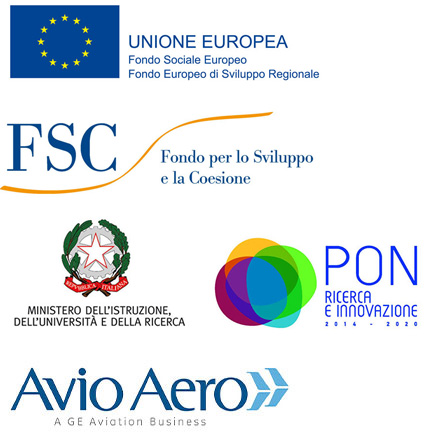Joint Labs
& Projects
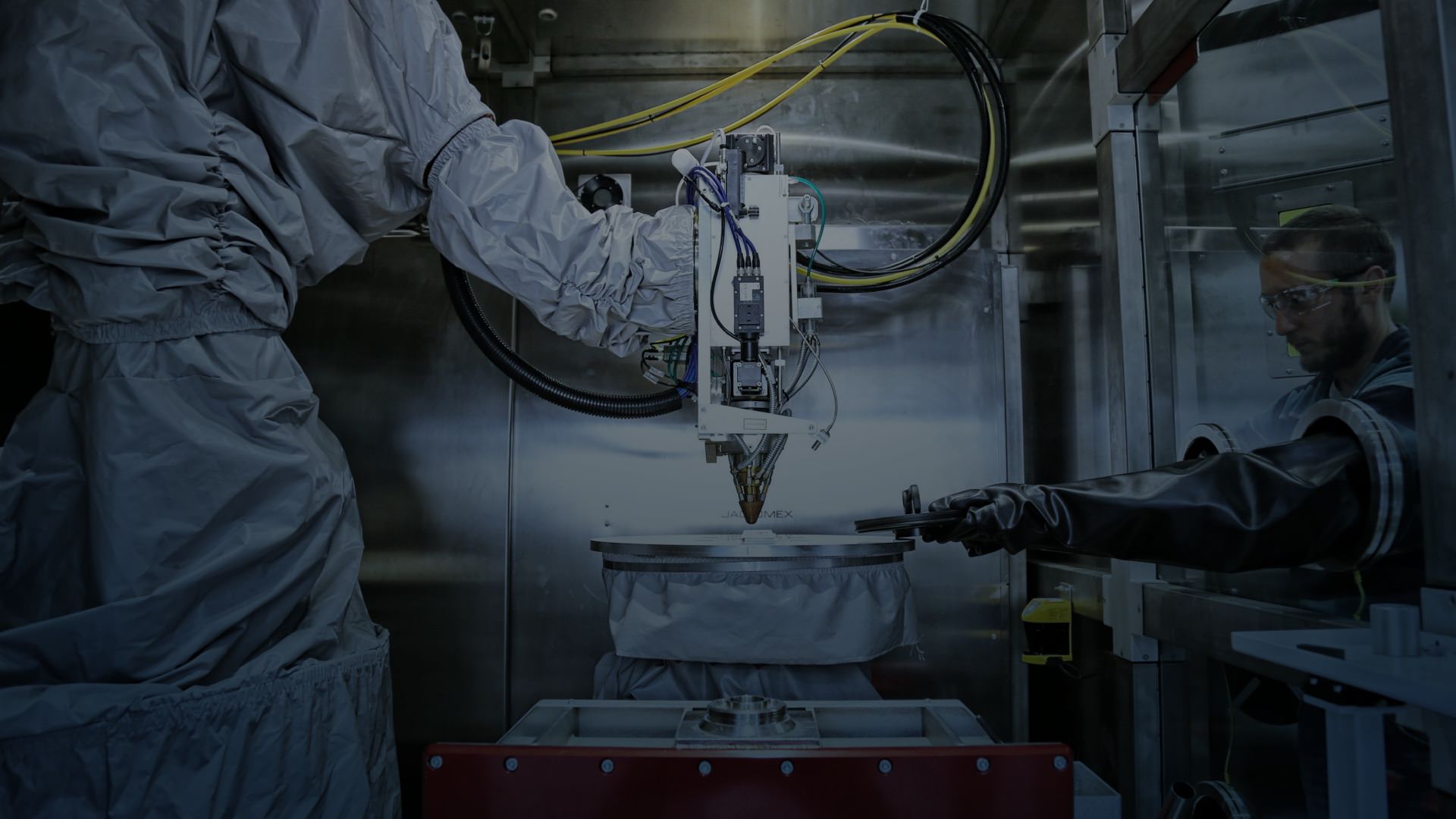
Young talent inventing
the Future of Flight
Research and development for the aviation products and services of tomorrow begins where young talent can develop their ideas alongside experienced professionals, utilizing cutting-edge facilities and equipment—whether on university campuses or in technology-rich environments.
That’s exactly what’s happening in all of our labs!
That’s exactly what’s happening in all of our labs!
Joint Labs
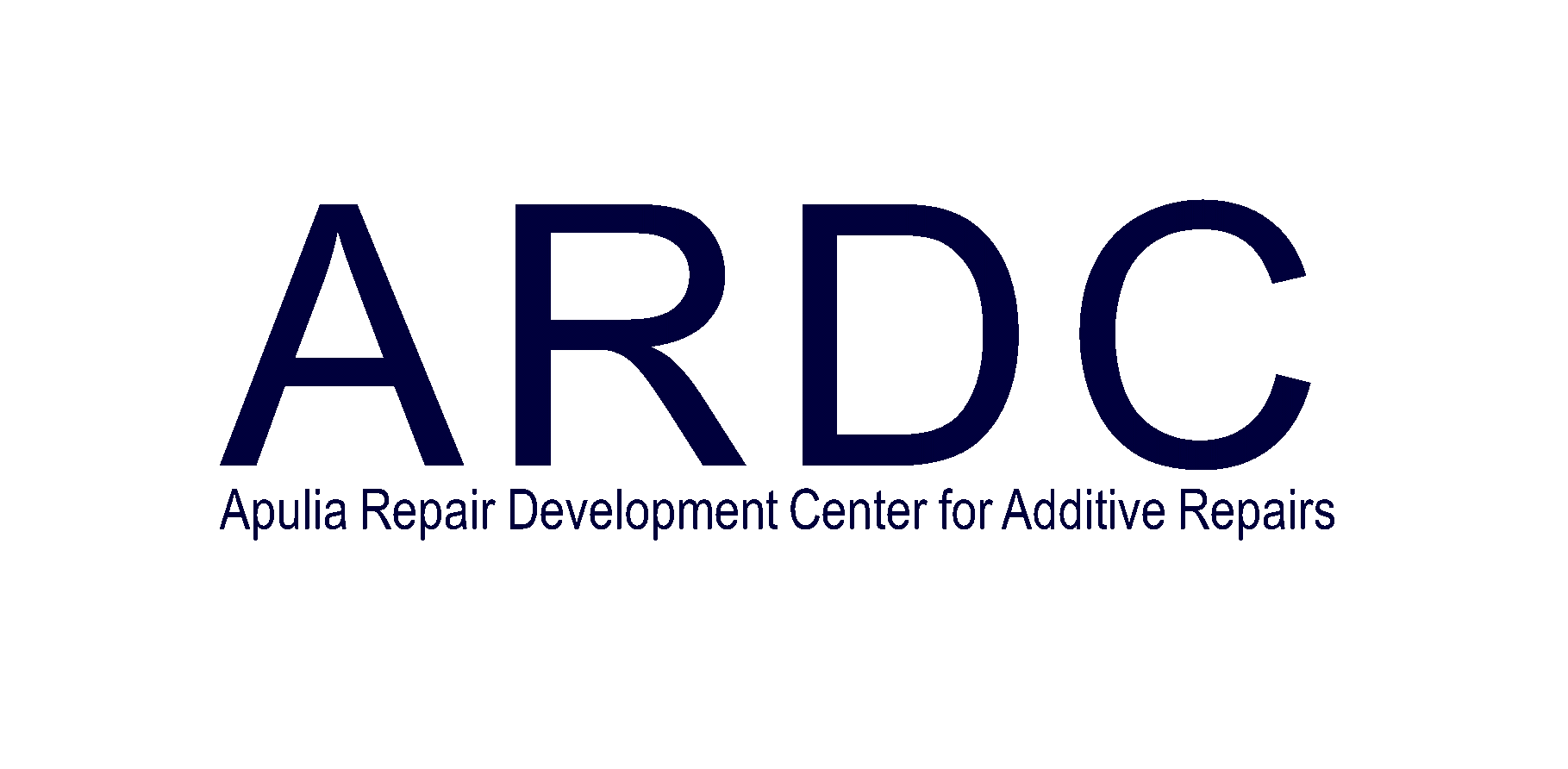
Partnership with the Polytechnic University of Bari
Avio Aero and the Polytechnic University of Bari opened the "Apulia Repair Development Centre For Additive Repairs" (ARDC) a lab created for experts, researchers and young post-graduates whose mission is to develop innovative repair procedures for aviation engine components, employing technologies based on systems of laser metal deposition and cold spray. In the ARDC lab innovative repair processes are identified, developed and experimented. After the development phase, these repair processes can be implemented in the main repair stations present in Avio Aero plants, including that in Brindisi, dedicated to the assembly and maintenance of aviation engines.
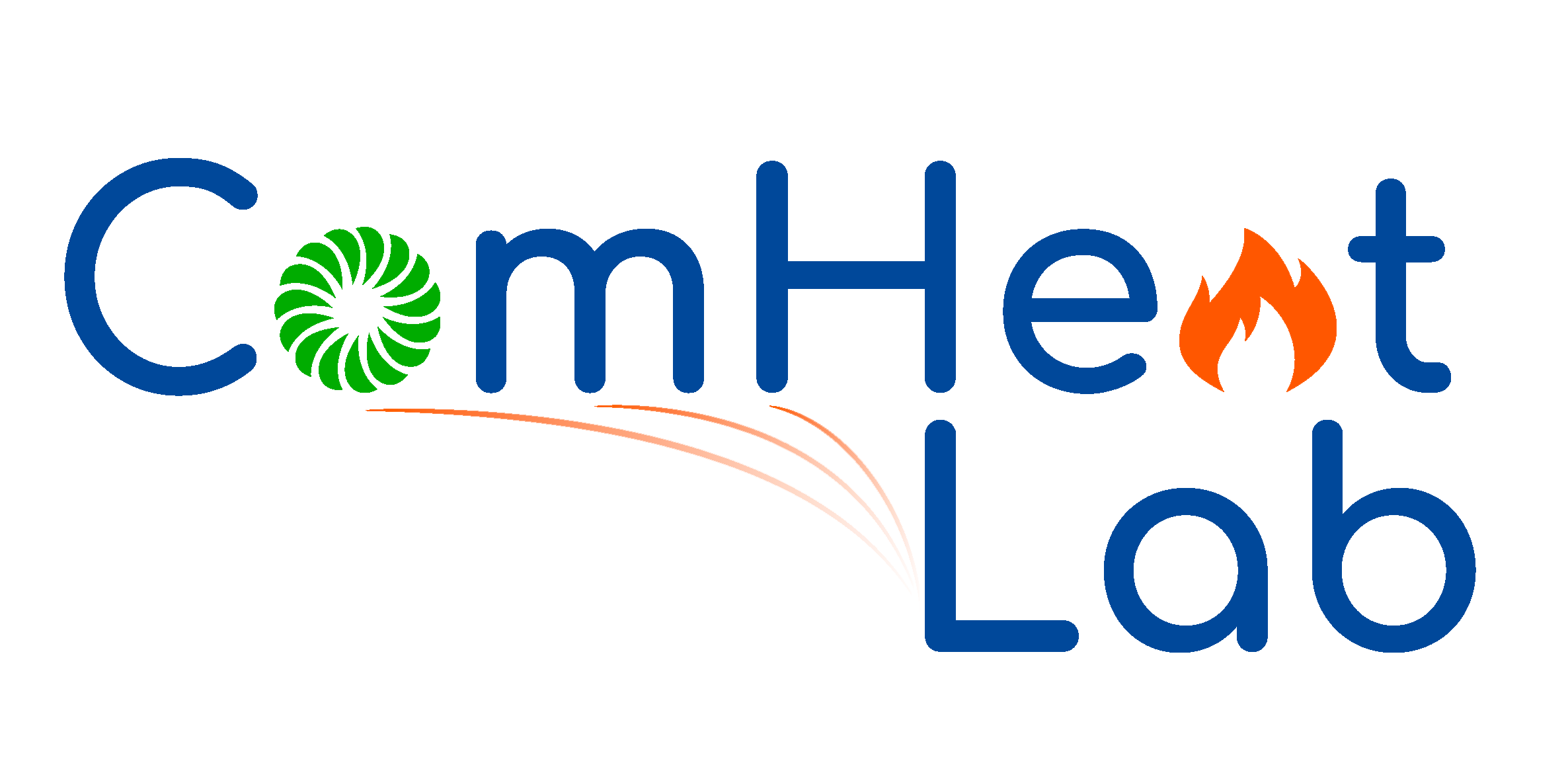
Partnership with the University of Florence
Avio Aero and the Department of Industrial Engineering of the University of Florence created a joint laboratory called Combustion & Heat Transfer Laboratory (ComHeat-Lab). The intent of the ComHeat-Lab is to support technological development in the fields of combustion, heat exchange and fluid systems applied to combustors and turbines in aeronautical engines.
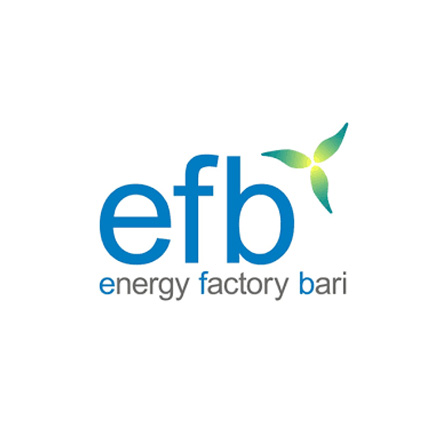
Partnership with the Polytechnic University of Bari
Avio Aero and Polytechnic University of Bari created the integrated multidisciplinary laboratory "Energy Factory Bari" (EFB), devoted to research activities, and development of technologies in the aerospace and energy sectors. The laboratory is located inside the university campus in Bari. Research areas involve high speed electrical machines, high frequency power converters, control systems, fluid mechanics and machine design.
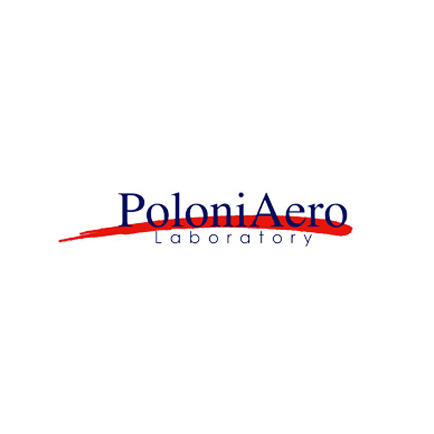
A project by representatives of Polish science and the aeronautical industry
Visit the Polonia Aero website
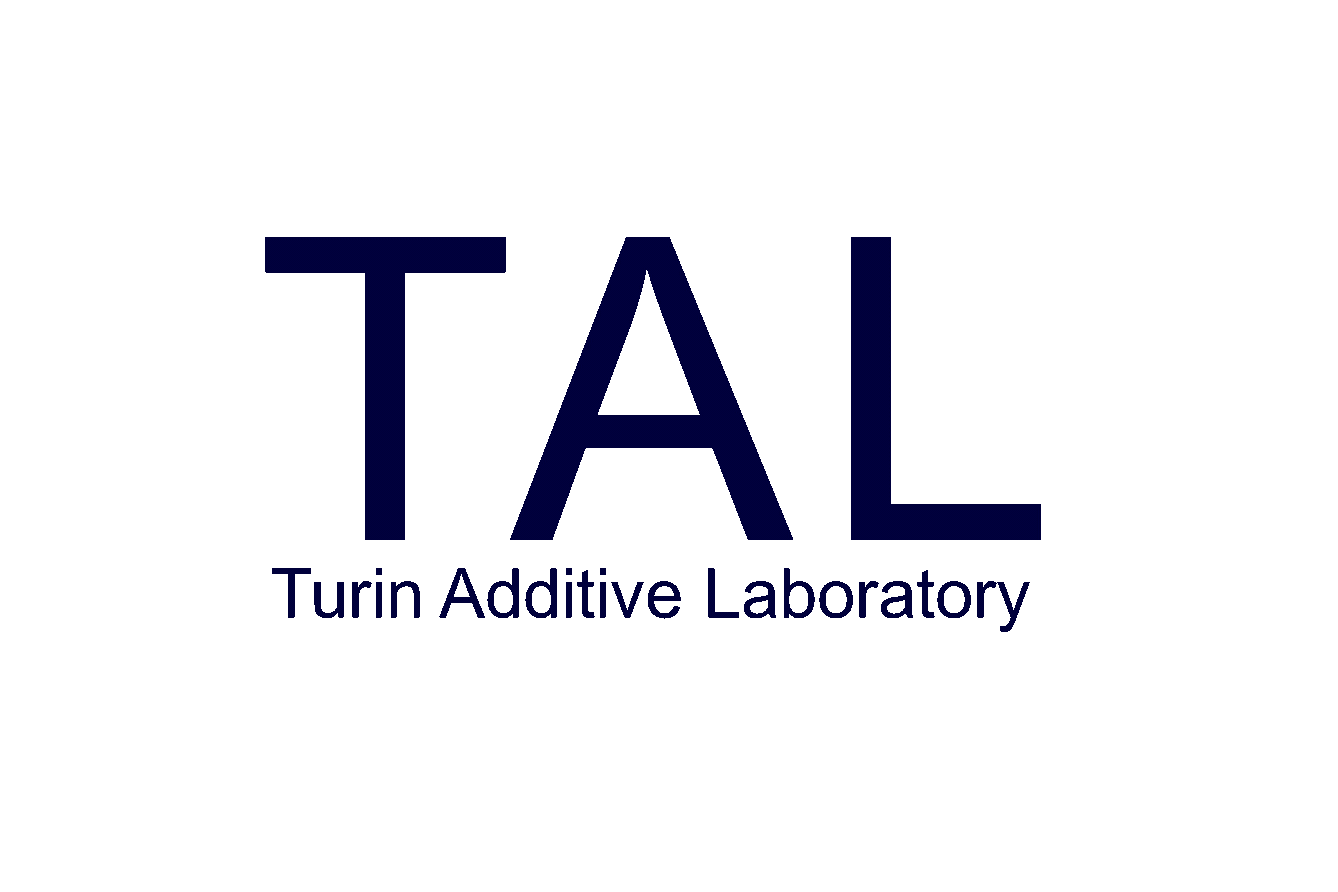
Partnership with the Polytechnic University of Turin
The partnership agreement between Avio Aero and Polytechnic University of Turin has led the constitution of the Turin Additive Lab (TAL). The TAL is laying the foundations for a long-term cooperation on strategic issues for the aircraft industry . Avio Aero and the Polytechnic University of Turin are sharing - inside the campus -the most advanced technological scenarios, defining together the research priorities.
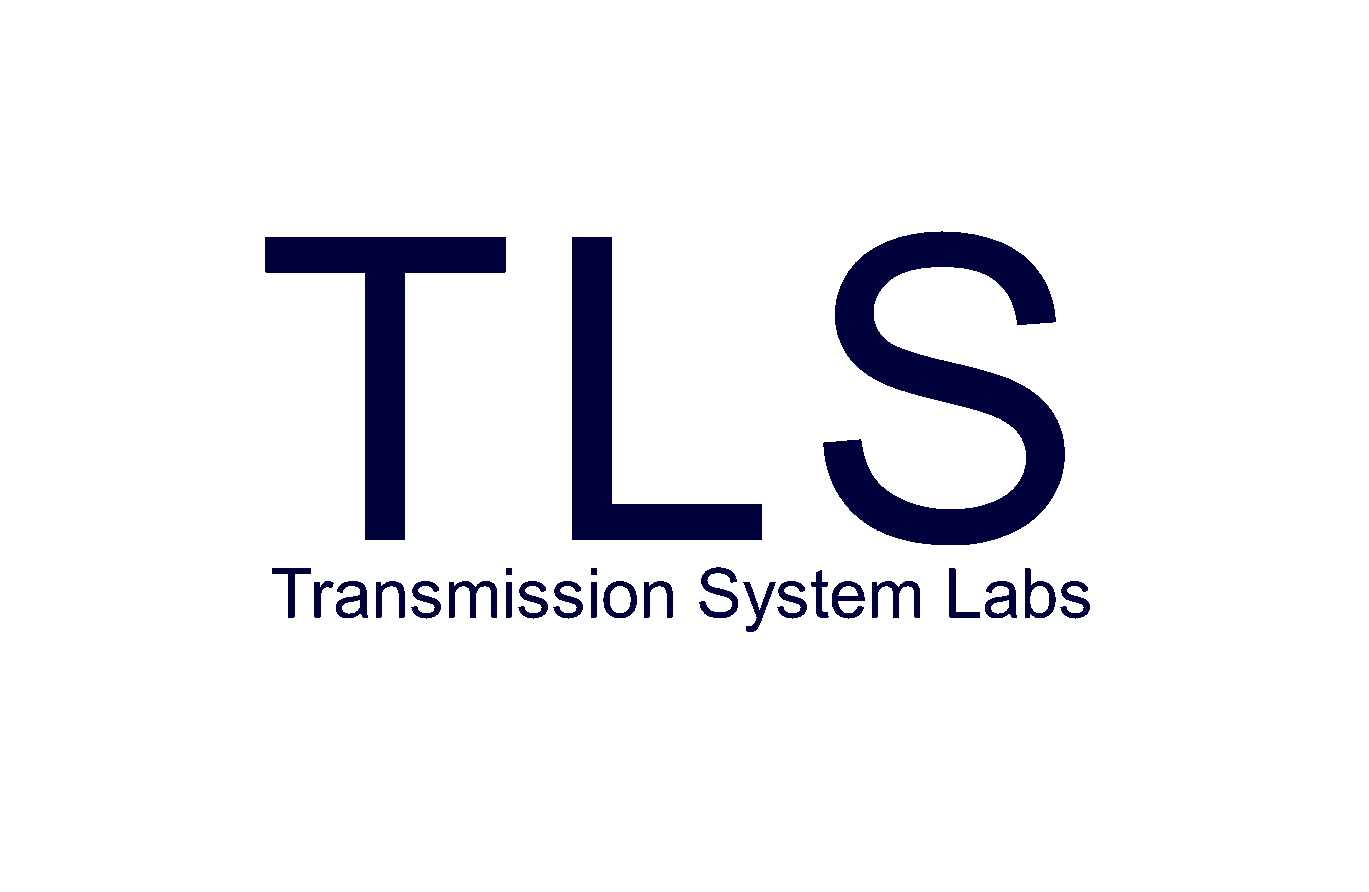
Partnership with the University of Pisa and AMTesting
The Transmission System Labs (TLS) is the result of a longstanding collaboration between Avio Aero, the Department of Civil and Industrial Engineering (DICI) at the University of Pisa, and AM Testing S.r.l. Located in Pisa, with facilities at both the University of Pisa and AM Testing premises, TLS serves as a cutting-edge ecosystem dedicated to advancing research in mechanical transmissions. Focused on dynamic performance, durability, and lubrication, TLS investigates key aspects at both the component and system levels. Equipped with state-of-the-art technologies, the labs not only drive innovation but also serve as an incubator for developing the next generation of engineering talent.
Projects
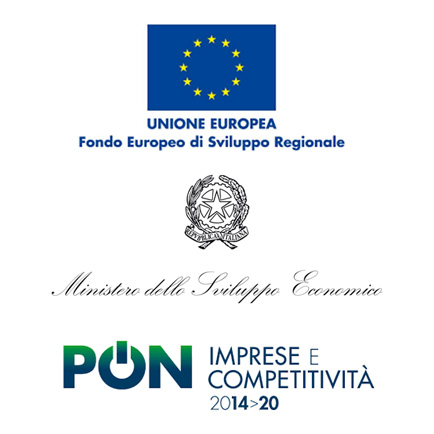
Agreement with the Ministry of Economic Development - European Union
EUROPEAN UNION
European Regional Development Fund
ASSE I - Investment Priority 1b - Action 1.1.4
CDS_000505 Development Agreement with the Ministry of Economic Development approved with Determination of 30/03/2017
The proposed program, both in terms of Industrial Project and Technological R&D Development, foresees total investments of approximately 61 M€, 48 M€ of which related to Industrial Investment Project and 13 M€ circa for investments in Industrial Research and Experimental Development. The provisional financial support granted is approximately 18 M€, 12 M€ of which as a non-repayable on industrial investments and about 6 M€ for R&D Investments expense contribution.
The project, as mentioned above, aims at consolidating and innovating the activities carried out by the Avio Aero Pomigliano d'Arco plant for the production of combustion chambers, the production of turbine blades and for the overhaul of civil engine modules.
In particular, investments in materials asset envisaged is aimed at innovating machining technologies in order to increase production capacity and competitiveness.
Similarly, the Industrial Research and Experimental Development activities aim at the acquisition of strategic know-how:
• On the development of innovative technologies for the combustor, in order to maintain and improve the global technological leadership for the core products;
• In the field of mechanical machining, with expected benefits in the efficiency and productivity of transformation processes for products like the turbine blades being machined at the Avio Aero Pomigliano d'Arco plant;
• On the optimization of industrial technologies for the production and maintenance of turbine components.
Download - Project results
Methods of forming tapered holes in reverse flow combustion chambers:
https://ip.com/IPCOM/000261312
Combustor to turbine interface sealing:
https://ip.com/IPCOM/000259210
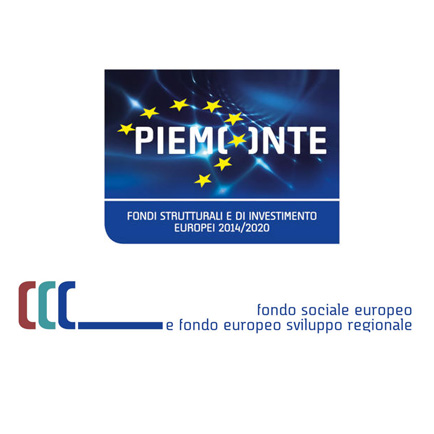
Agreement with the Piedmont Region
Project n. F/040007/00/X31 - CUP: B68I15000100008
“Technologies maturation and development for integration of a Turboprop Aircraft Engine system”
Achieved thanks to co-financing
Of the POR FESR Piedmont 2014-2020 ASSE I – Action I.1b.1
With the project proposal, Avio Aero intends to develop innovative technologies, know-how and skills for advanced engine architectures. The total investment for Avio Aero is around 38M€ in 4 years of activities.
Taking in consideration the next generation Small Turboprop architecture, the goal of the project is to make a step change in engine performance reducing economic and environmental impacts.
The main guidelines of the project are:
• Engine system integration with part count reduction using Additive Manufacturing technology
• Advance aero and thermal design of Power Turbine
• Ultra-compact combustor
• Control System development
• GBX in Additive Manufacturing with the achievement of the first engine certification.
ll these goals have as aim:
• The reduction of fuel consumption and operating costs of the propulsion system
• The improvement of reliability and of safety for passengers.
Agreement with the Apulia Region
Development of a Control System for Aero Engines and Aero derivatives
Operation co-financed by the European Fund for Regional Development Apulia
POR Apulia 2014 - 2020 "Investing in your future"
ASSE I - Specific Objective 1 - Action 1.1 (R & S)
Program Contract with the Apulia Region, approved by resolution CMP / DEL / 2016/00042 of 22/12/2016
If the aeroengine is the technological heart of the aircraft, the control system can be considered as the brain of the engine, equipped with sensors and actuators.
The control system manages the engine’s operation in every phase of the in-flight service, avoiding the risk of stalling, combustor shutdown, over temperature conditions, over speed and over pressure. It also governs the necessary adaptations to sudden changes due to environmental conditions and the maneuvers of the aircraft, ensuring reliable performance.
Its "intelligence" lays in the control unit that, after acquiring different signals both internal and external from the engine, processes them providing the necessary instructions to change the settings. To do this, it uses a network of sensors to "understand" what happens and intervenes with the actuators in order to implement any adjustment. The actuators are driven through electric and fluid systems.
The SICO project focuses on the development of an innovative control system. The goal is the acquisition of multi-disciplinary knowledge, not available today in Apulia nor in
Italy, for the creation of a comprehensive control system for aircraft engines characterized by high power and autonomy, also usable for unmanned aircraft.
The main drivers that guide the activities of the Industrial Research and the Experimental Development are:
• the reduction of fuel consumption to minimize the environmental impact and the end-user operating costs of the aircraft
• reliability, to increase the safety of passengers and the reduction of end user maintenance costs of the aircraft
• the increase of the power available for the purpose of a greater operability of the aircraft.
The project activities will be verified through an important experimental campaign that involves the design and construction of two test benches:
• the "Dry Rig" can be defined as a real-time simulator capable of simulating an aircraft engine and its accessories and will be used to test control logics;
• The "Wet Rig" allow to verify the behavior of the control system taking into account both the physical and simulated signals of the engine and accessories.
The SICO Research and Development Project - subject of the Program Agreement between Avio Aero and the Apulia Region – started in May 2016 and will last 4 years. The Avio Aero Laboratory in Bari will be the main activities site.
The loan recognized is of € 16.5 Million euro on a total of € 29.3 Million costs.
Download - Project results
Italian Projects
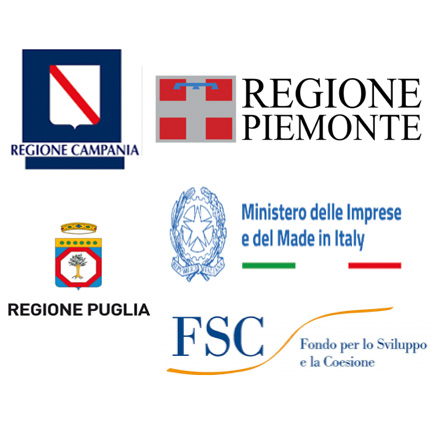
Programma con il ministero delle implrese e del Made in Italy, Regione Piemonte, Regione Campania e Regione Puglia
Progetto finanziato con la deliberazione cipe n.26/2016
Contratto di sviluppo CDS_000605 con il Ministero dello Sviluppo Economico
approvato con determina del 19/12/2019
• Sviluppo sito produttivo Pomigliano d’Arco - CUP C47I19000230001
• Progetto di R&S - Additive Manufacturing - CUP C97I17001000008
• Progetto di R&S – Digital Thread - CUP C97I17000990008
Il programma proposto, sia in termini di Progetto Industriale che di Ricerca e Sviluppo Tecnologico, prevede investimenti complessivi per circa 74 M€ di cui 26 M€ per il Progetto di Investimento Industriale e circa 48 M€ per investimenti in attività di Ricerca Industriale e Sviluppo Sperimentale.
Il sostegno finanziario provvisorio riconosciuto è pari a circa 26 M€ di cui 4M€ come contributo a fondo perduto sugli investimenti industriali e circa 22 M€ di contributo alla spesa sugli investimenti in ricerca e sviluppo.
Il programma di sviluppo industriale, in particolare, ha interessato due progetti di ricerca e sviluppo denominati rispettivamente “Additive manufacturing” e “Digital Thread”, per i quali sono stati previsti investimenti per circa 33 M€ per il progetto “Additive manufacturing” e circa 15 M€ per il progetto “Digital Thread”. Le agevolazioni massime concedibili ammontano a circa 15M€ per il progetto “Additive manufacturing” e a circa 7 M€ per il progetto “Digital Thread”.
In data 3 luglio 2017, il Ministero dello Sviluppo Economico e Avio Aero hanno firmato un Protocollo di Intesa nell'ambito del modello "Industria 4.0", volto allo sviluppo della manifattura additiva e avanzata per componenti aeronautici e a digitalizzazione dei processi industriali. In questo contesto, sono nati due progetti di Ricerca e Sviluppo, della durata di quattro anni (2018 - 2022): uno, relativo all'additive manufacturing e l'altro nel campo Digital Thread, con sedi di svolgimento a Rivalta di Torino (TO), Cameri (NO), Torino (TAL e Avio Aero Test Center), Pomigliano d'Arco (NA) e Brindisi.
Nell'ambito dell'additive manufacturing, il progetto puntava a migliorare la produttività nella produzione di pale turbina in titanio-alluminio ottimizzando i processi Electron Beam Melting (EBM), sviluppare e caratterizzare materiali e processi Direct Metal Laser Melting (DMLM) per ottimizzare le prestazioni dei componenti, migliorando la capacità geometrica del processo e le caratteristiche funzionali come scambio termico, peso, resistenza e rigidezza strutturale. A progetto già avviato, si è aggiunta una terza tecnologia, il Directed Energy Deposition (DED), volta a valutare la fattibilità della realizzazione di strutture statiche di grandi dimensioni, con particolare attenzione alle turbine di bassa pressione dei motori turbofan civili.
Le attività del Digital Thread, invece, sono state gestite attraverso un filo digitale che unisce i dati generati in tempo reale da una serie di sistemi di produzione avanzati e crea un flusso ininterrotto di informazioni e un circolo virtuoso di continuo miglioramento.
Il modello Avio Aero per Industria 4.0 considera una visione olistica che comprende e integra tutte le fasi dello sviluppo del prodotto: dalla concezione ingegneristica, alla fabbricazione, al supporto in servizio. Le varie fasi sono caratterizzate da una elevata connessione e condivisione delle informazioni di prodotto e di processo e da strumenti per migliorare la produttività e il valore per i clienti.
Attività svolte (Additive Manufacturing):
• l’attività con la tecnologia EBM si è concentrata sul monitoraggio e simulazione del processo, unitamente all’indagine della strategia di fusione “spot melting”, stampando provini e pale investigando la qualità della stampa in termini dimensionali di microstruttura e porosità.
• Relativamente alla tecnologia DMLM sono stati condotti studi di caratterizzazione delle zone di stitching, ovvero le zone di "compresenza" di due o più laser, sugli impianti con tecnologia multilaser. Inoltre, sono state svolte attività di ottimizzazione dei parametri del processo di stampa per la realizzazione di complesse strutture lattice e la caratterizzazione meccanica a fatica delle strutture stampate in funzione dell'orientamento di stampa.
• Riguardo le nuove tecnologie additive è stata assemblata e resa operativa la prima macchina prototipale per la stampa di componenti aeronautici, con la quale è stato realizzato il primo componente a grandezza rappresentativa. Inoltre, si sono concluse le campagne di test materiale con provini estratti da geometrie semplificate.
Attività svolte (Digital Thread):
• Design System Integration e Model Based Enterprise: con l’obiettivo di creare una piattaforma digital di raccolta ed elaborazione dati, capace di integrarsi con l’ambiente di progettazione di un modulo/componente aeronautico e di realizzare un ambiente di progetto che rappresenta l’“unica e sola sorgente di informazione digitale” del sistema e/o componente progettato in 3D con tutte le caratteristiche dimensionali e fisiche
• Brilliant Factory: basa le proprie fondamenta sulla filosofia Lean Manufacturing, a cui aggiungono i sistemi di Advanced Manufacturing che consentono un rapido trasferimento delle nuove tecnologie ai prodotti e processi di produzione. La Brilliant Factory impiega macchinari e sistemi robotizzati, programmabili e flessibili rispetto a caratteristiche del prodotto e quantità per lotto, nonché nuove tecnologie di processo importantissime quali Additive Manufacturing. Nel dettaglio sono state affrontate tematiche legate a Statistical Process Control (SPC) e Calibri Digitali; Timbratura Elettronica; Connettività delle macchine; Geo-localizzazione e Big Data & Analitiche
• Maturazione tecnologica, Advanced Manufacturing Solutions: dove le finalità del progetto consistevano nello studio di una serie di soluzioni, inquadrate in una roadmap tecnologica ispirata alle linee guida del modello Brilliant Factory di General Electric per la trasformazione digitale del sito produttivo di Avio Aero in Campania. Le macro-tematiche affrontate hanno riguardato nuovi sistemi di Monitoraggio Saldatura, High Speed Milling and Electrochemical Milling, Ablazione Laser e Cella automatica di brasatura.
